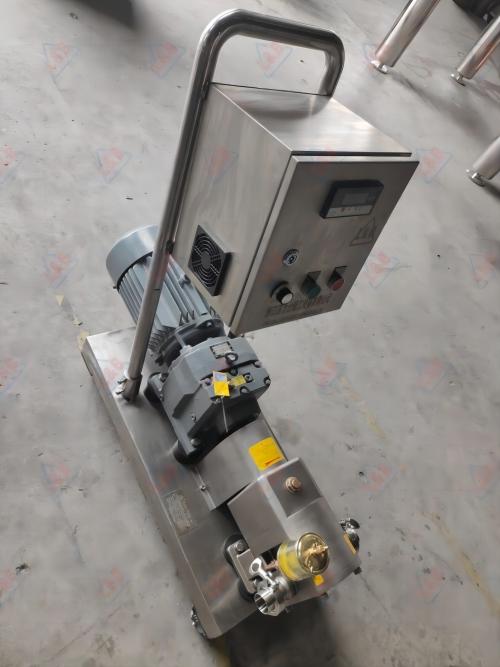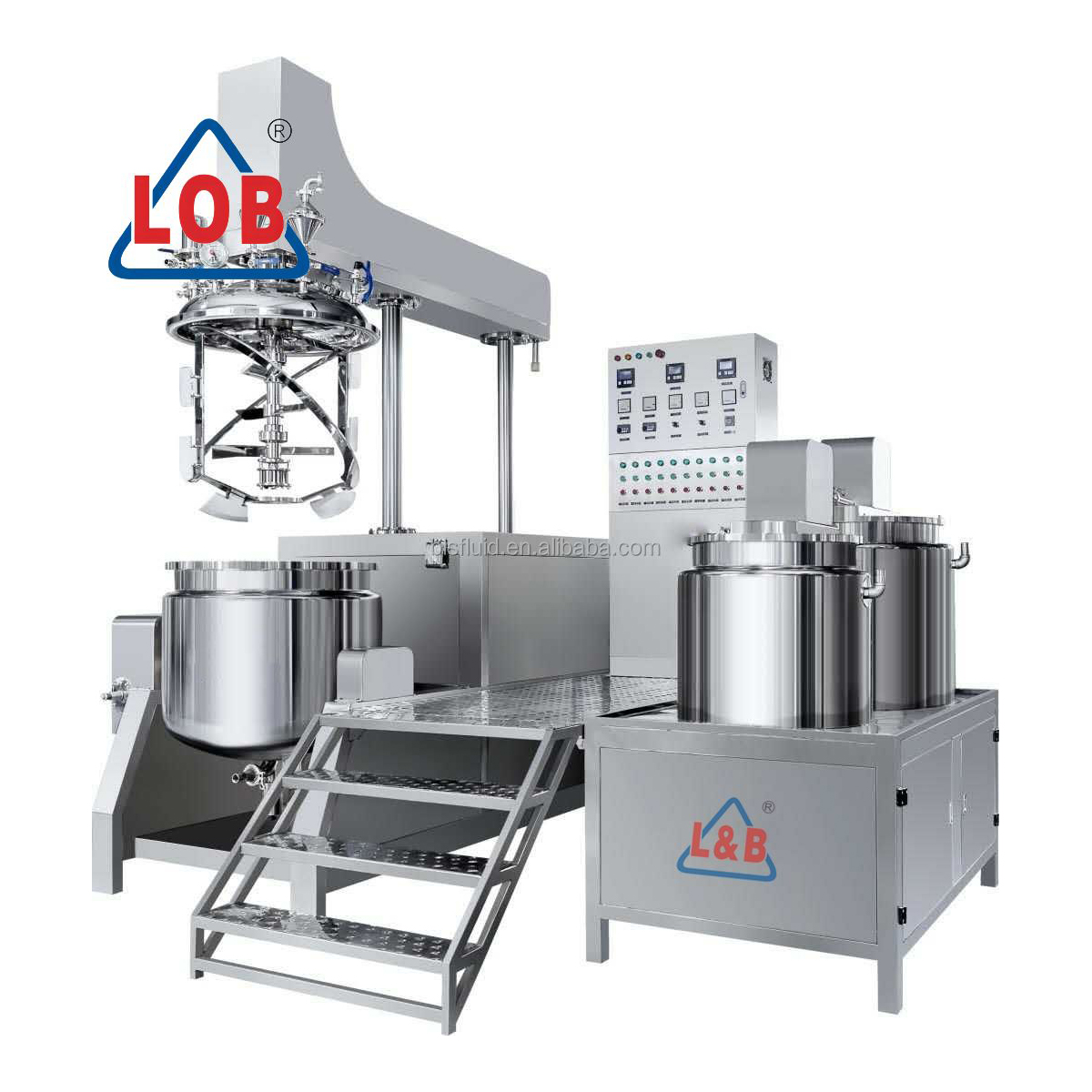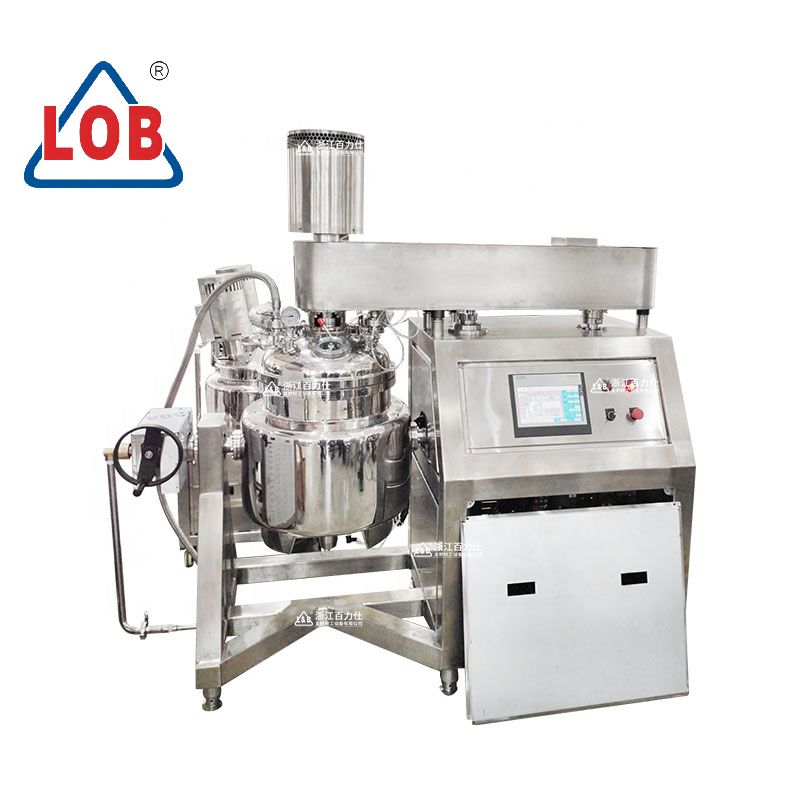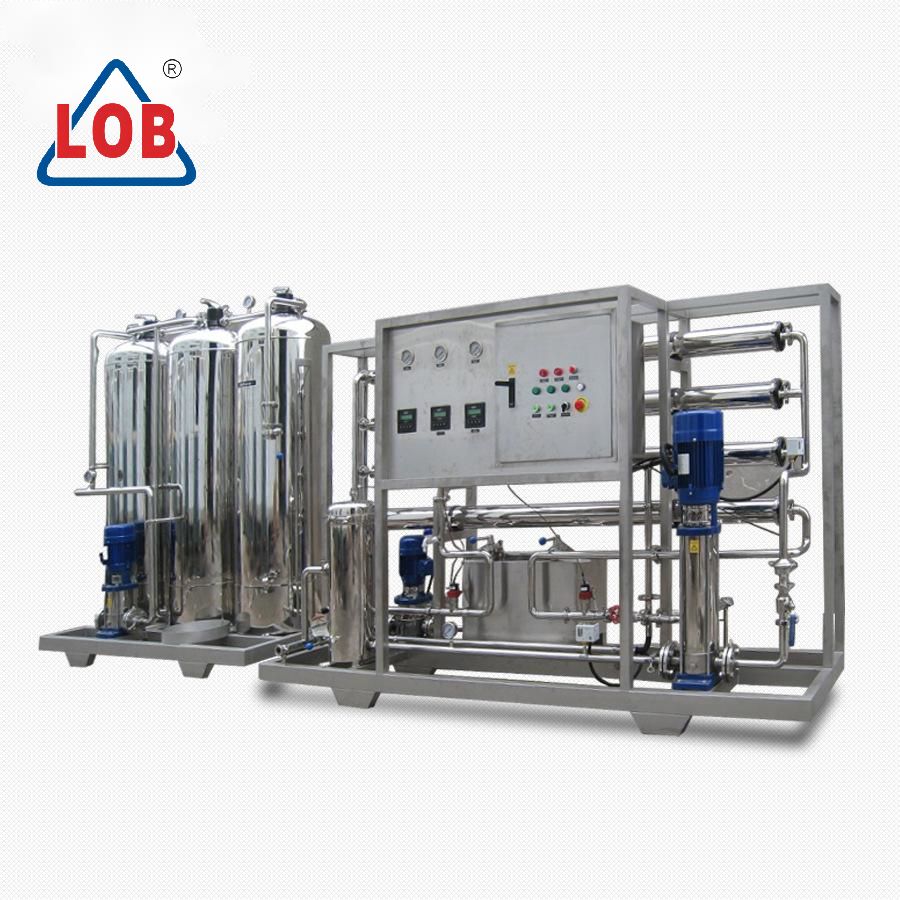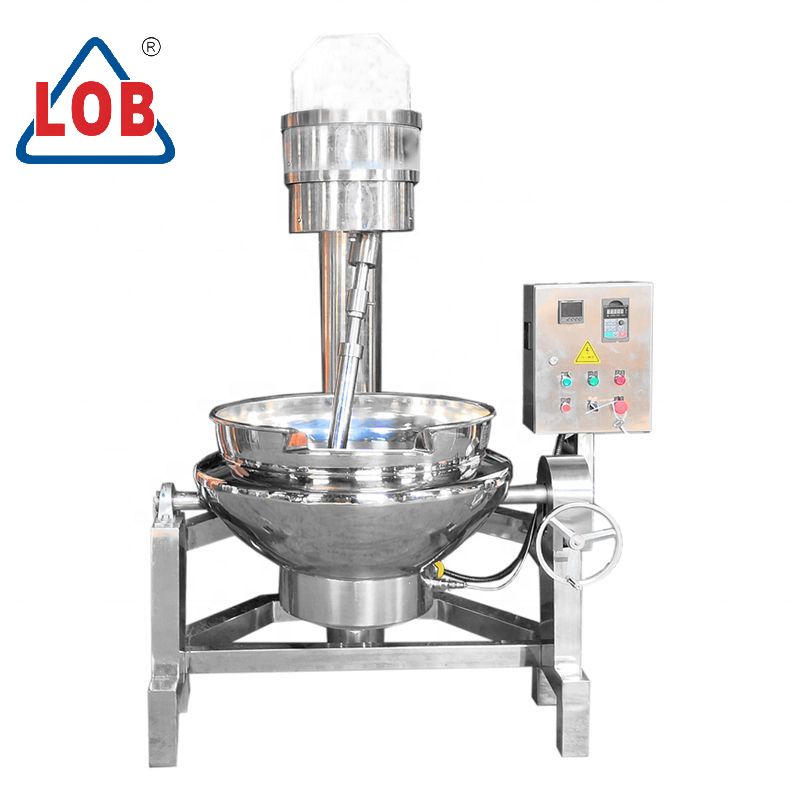Lobe Pump for Transferring Cream: A Reliable Solution for Cream Handling
When it comes to transferring delicate cream and ensuring a smooth production process, lobe pumps have emerged as a dependable solution. In this article, we'll delve into the world of lobe pumps and discover how they can revolutionize your cream-handling processes.
What is a Lobe Pump?
A lobe pump, also known as a rotary lobe pump, is a positive displacement pump designed to move various viscous fluids, including creams and pastes. It operates on the principle of two rotating lobes within a casing, which trap and transfer the fluid from the inlet to the outlet. This design not only makes lobe pumps highly efficient but also gentle on the product being transferred, making them an ideal choice for creams and other sensitive substances.
The Advantages of Using Lobe Pumps for Cream Transfer
1. Precise Flow Control
One of the primary benefits of using lobe pumps for cream transfer is their exceptional flow control. Whether you need to move a small amount of cream for a specialized recipe or large quantities for mass production, lobe pumps offer unmatched precision.
2. Gentle Handling
Creams are notorious for their sensitivity to mechanical stress. Lobe pumps excel in this regard, as they minimize shear forces and turbulence during the transfer process. This gentle handling ensures that the cream remains in its original state, without compromising its texture or quality.
3. Hygienic Design
Maintaining hygiene in food production is paramount, and lobe pumps are designed with this in mind. They are easy to clean and sanitize, reducing the risk of contamination and ensuring product safety.
4. Varying Viscosity Compatibility
Creams can have varying viscosities, from thin pouring cream to thick whipped cream. Lobe pumps can handle this diversity effortlessly, making them versatile for cream processing applications.
Key Considerations When Choosing a Lobe Pump
When selecting a lobe pump for cream transfer, it's essential to consider several factors:
1. Material Compatibility
Ensure that the pump's materials are compatible with the type of cream you're working with. Stainless steel is a common choice for its corrosion resistance and durability.
2. Capacity Requirements
Determine the volume of cream you need to transfer per hour or per batch. Select a lobe pump with the appropriate capacity to meet your production needs.
3. Maintenance
Regular maintenance is crucial to keep your lobe pump operating efficiently. Look for pumps that are easy to disassemble and clean to minimize downtime.
4. Cost-Efficiency
While quality is essential, it's also vital to consider your budget. Balance your requirements with the cost of the pump to find the best fit for your business.
PT.Nose: A Satisfied Customer
Our valued customer, PT.Nose, also relies on our lobe pumps for the seamless transfer of their cosmetic materials. This testament to the effectiveness and reliability of our lobe pumps demonstrates their suitability for a wide range of industries and applications.
Conclusion
In the world of cream handling, lobe pumps stand out as a reliable and efficient solution. Their ability to provide precise flow control, gentle handling, and hygienic design makes them an excellent choice for cream transfer applications. When choosing a lobe pump, consider factors like material compatibility, capacity requirements, maintenance, and cost-efficiency to ensure you make the right investment for your business.
If you're looking to enhance your cream-handling processes and improve product quality, lobe pumps are a worthwhile addition to your production line. Invest in the right lobe pump, and you'll find your cream-handling challenges melting away while your production efficiency and product quality rise to new heights.
 Indonesian
Indonesian 
